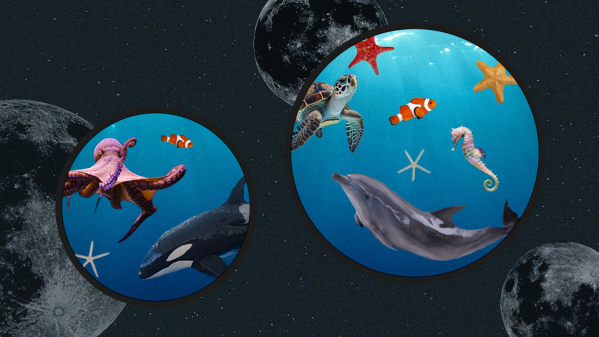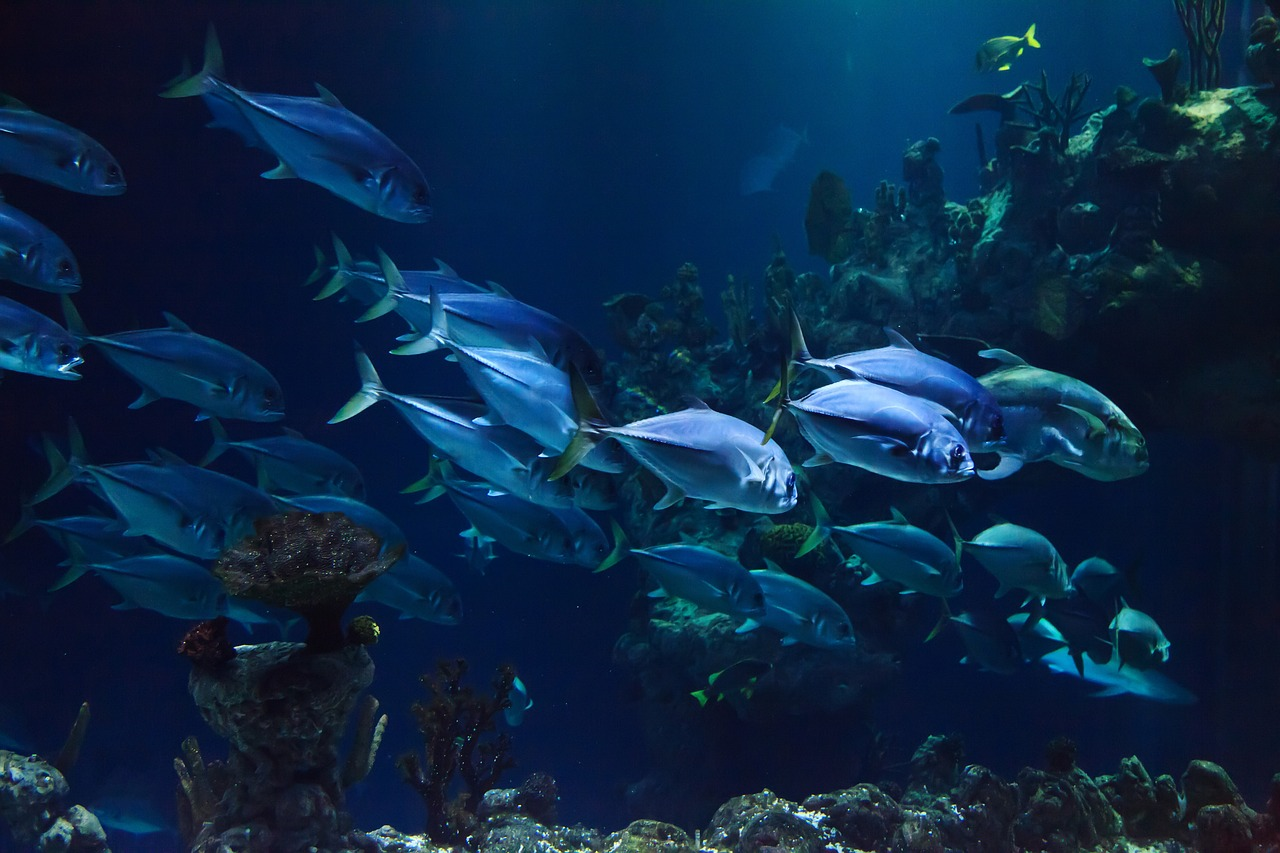Unit 14: Classifying Marine Animals
Unit 14: Classifying Marine Animals

Unit 14: Classifying Marine Animals

Unit 14: Classifying Marine Animals
Unit Focus
This unit covers the hierarchy of marine organism classification. Students will discover that marine organisms are categorized according to their level of organization or complexity. Students will also preview each phylum, beginning with the most primitive (phylum Porifera) to the most advanced marine organisms, the marine mammals.
All kingdoms are represented in the marine environment, and most scientists classify marine organisms into one of the following 6 kingdoms.
- Bacteria are single-celled organisms that reproduce by splitting in two. Bacteria live throughout the marine environment. They play a crucial role in ecosystems, breaking down organic material and making nutrients available for the phytoplankton.
- Protozoans are single-celled organisms that are generally much larger than bacteria. They may be autotrophic or heterotrophic. In the marine environment, this kingdom is well represented and includes amoebae.
- Chromists range from very small organisms such as diatoms (a type of phytoplankton) to seaweeds. Most chromists photosynthesise but there are some significant differences that have led scientists to classify them separately to plants, for example, they use a different kind of chlorophyll.
- Fungi rely on breaking down organic material as they are not able to make their own food. There are very few fungi in the marine environment.
- Plants are multi-cellular and autotrophic – they use photosynthesis to produce food using sunlight. Plants are much more widespread on land and in freshwater, and there are only a few types that thrive in the marine environment, for example, eel grass and mangroves. Seaweeds were previously classed as plants before they were reclassified as chromists.
- Animals are typically large and multi-cellular. They are heterotrophic and rely on other organisms for food. Animals in the marine environment include jellyfish, sponges, sea spiders, bryozoans, mussels, sea stars, fish and whales.
Student Goals
- Define phylum.
- Distinguish between invertebrates and vertebrates.
- Identify marine organisms by their phylum characteristics.
- Classify which organisms are primitive and which organisms are advanced.
Vocabulary
Lesson Reading
Videos and Interactives (Click on Images to View Content)

